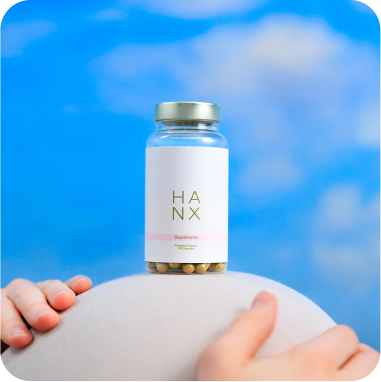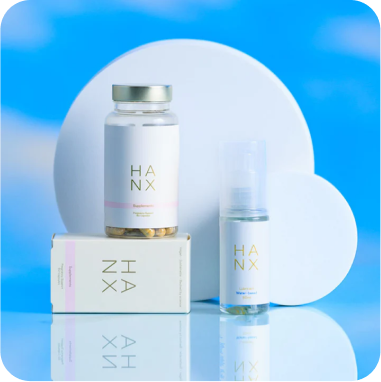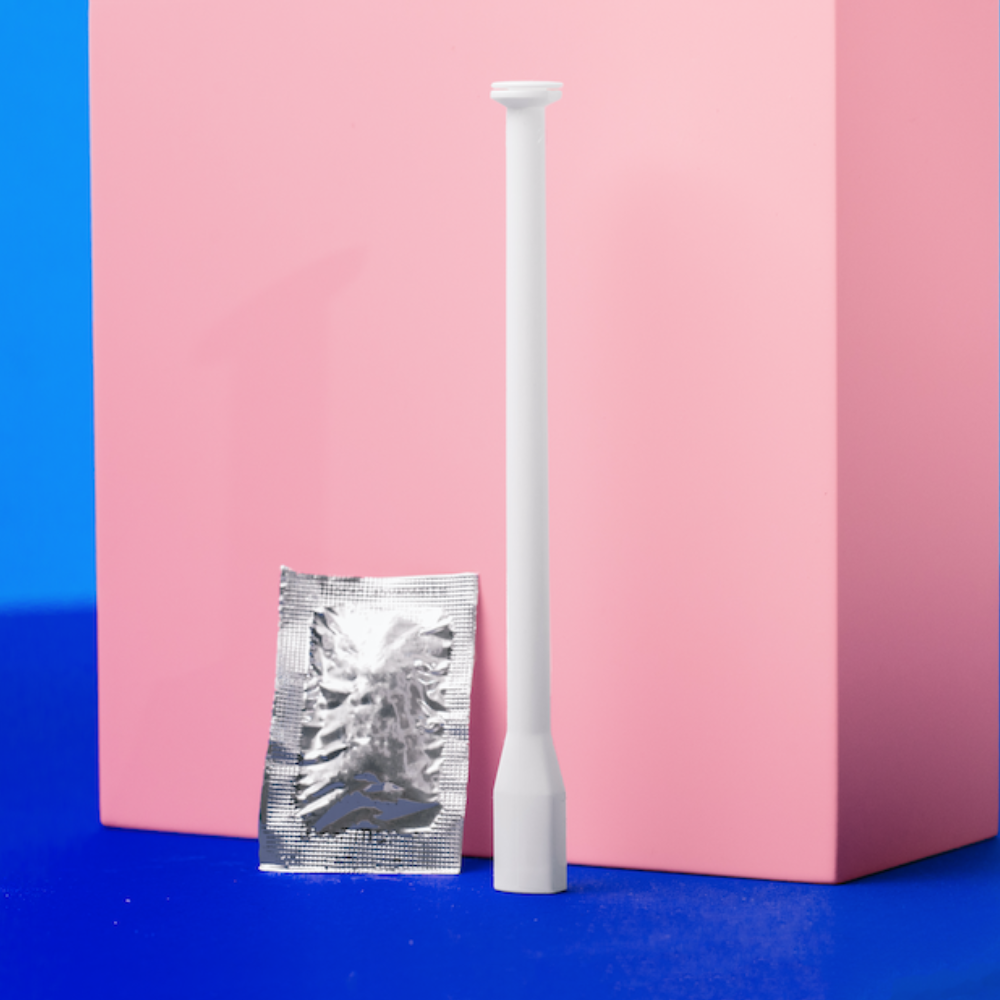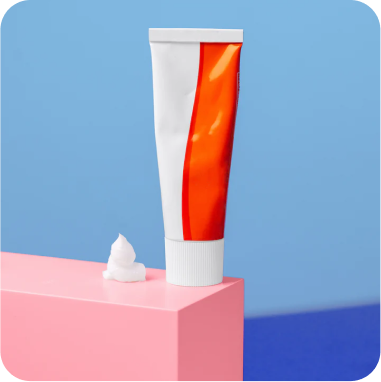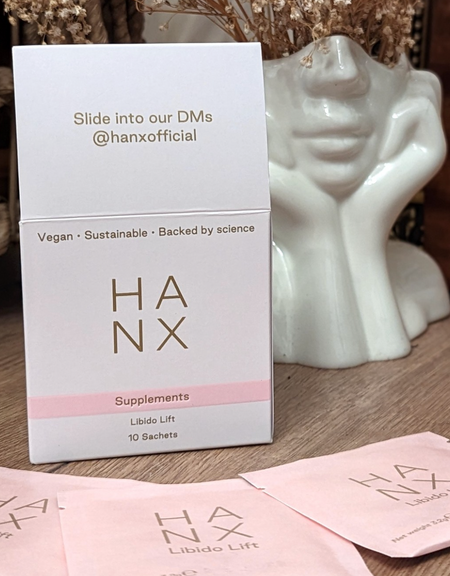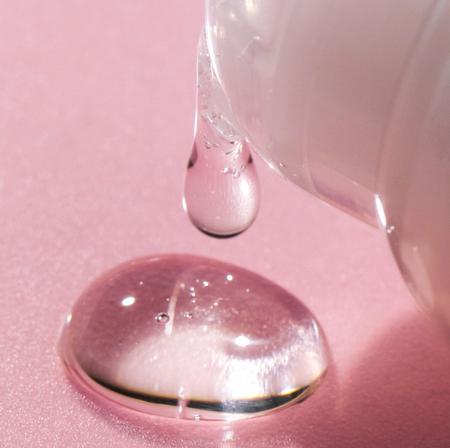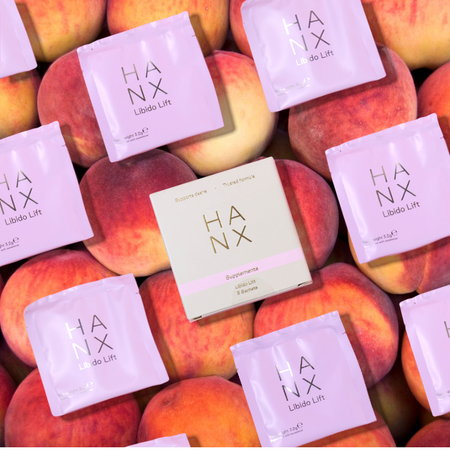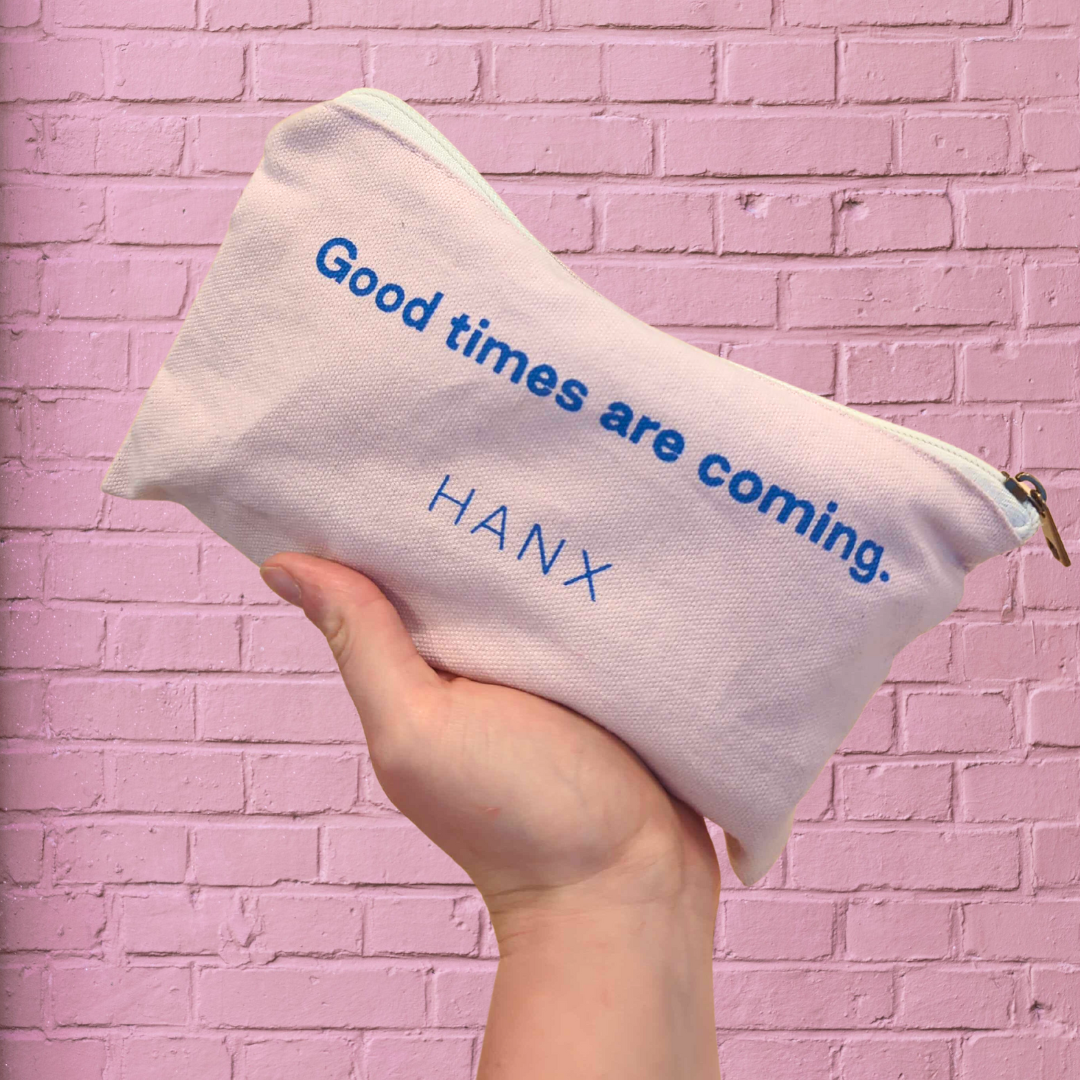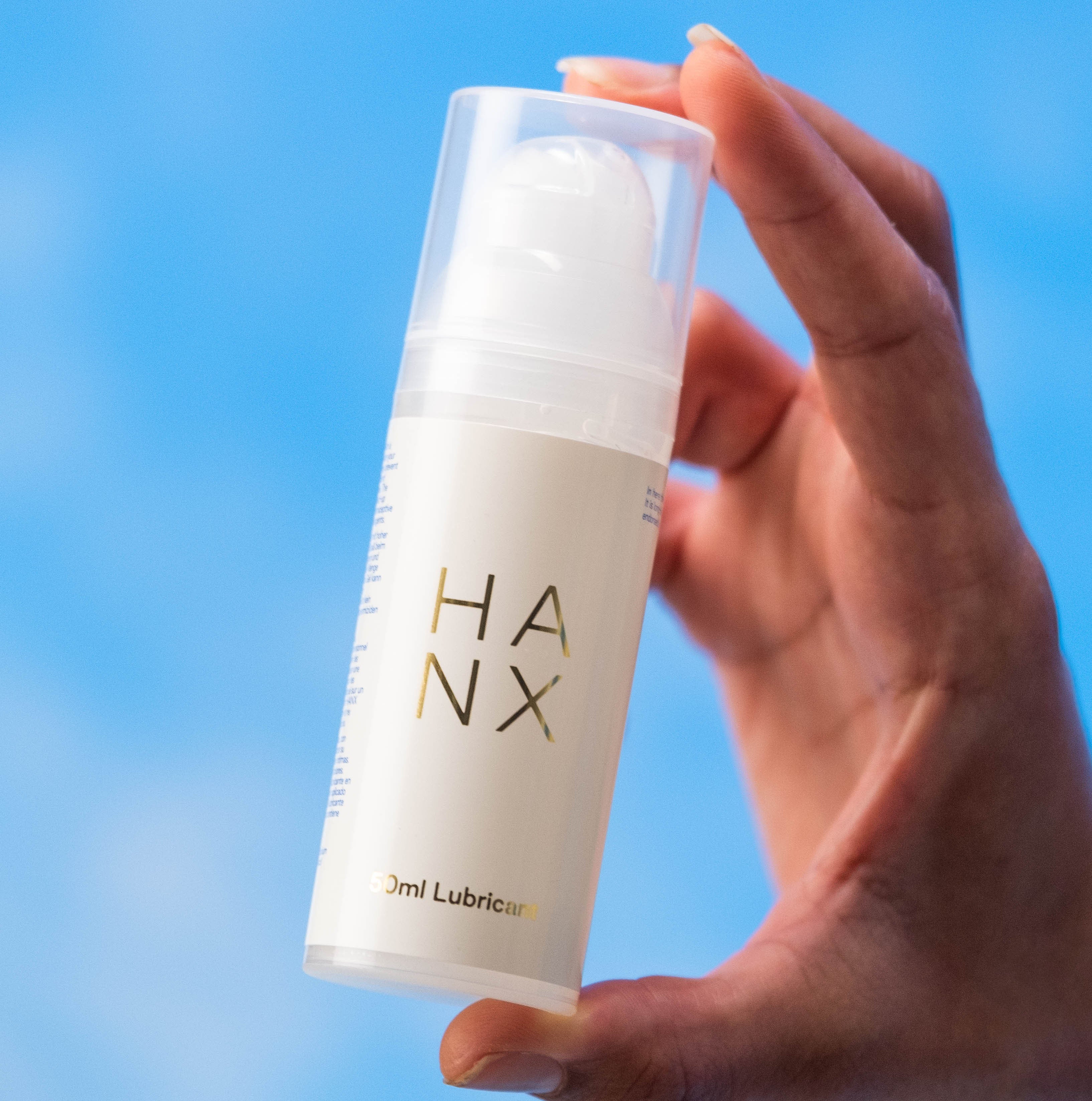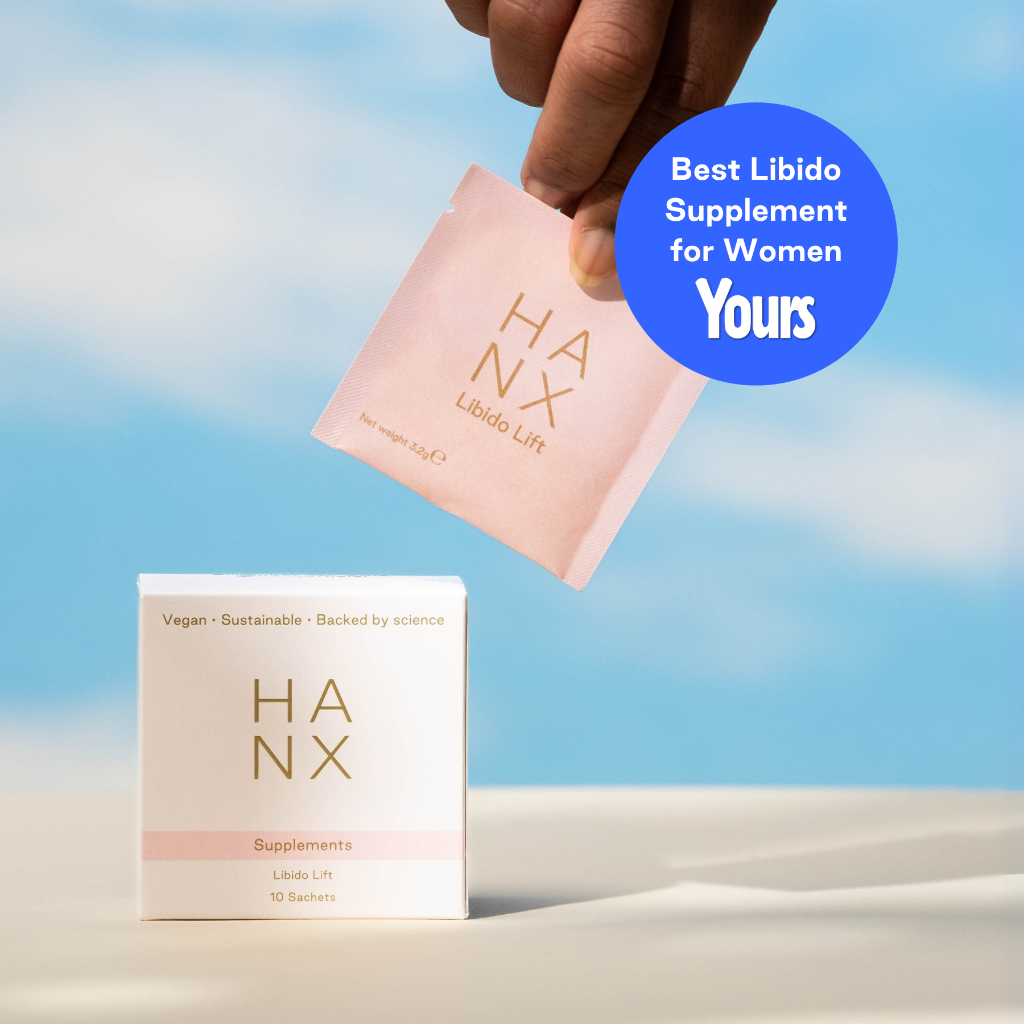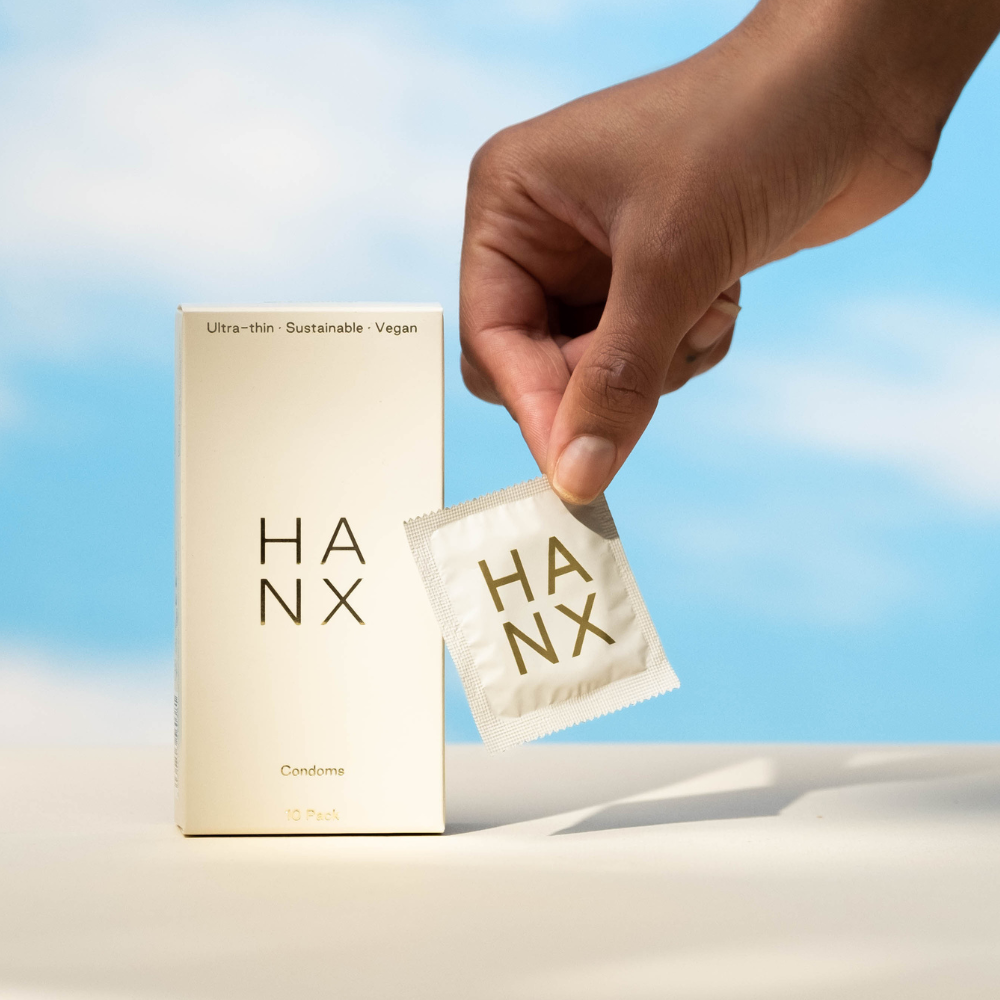Should We Be Panicking About Metals In Tampons?
A new study into the safety of period care on the market is hitting headlines - and causing a great deal of concern for people with periods. Is it time to panic about toxic metals in tampons? Not exactly…
Over to our Co-Founder and OB/GYN expert, Dr Sarah Welsh, who is passionate both about vaginal health and tackling misinformation. As fear-mongering TikTok creators call for the banning of all tampons, we asked her to dive into the truth behind these hard hitting headlines to give us all a down-to-earth medical expert’s perspective. Join her as she examines what metals found in tampons means in context and your alternative options for menstrual care, should you choose to make the switch.
How was the toxic metal found in tampons?
“A recent study conducted at the University of California, Berkley, assessed levels of metal in 30 tampons from across 14 different brands (which have not been made public). The results are causing a major stir as traces of metals including arsenic, cobalt and lead, were found to be present in all types of tampons - from across the US and the EU/UK.”
Why are these metals present?
“Right now, we don’t have solid answers on why these traces of metals are present in tampons. Contamination with metal may be taking place during the manufacturing process, but it is likely that the cotton used to make tampons has been exposed to metals via pesticides in the soil. Other metals may actually be intentionally added during the process e.g. to bleach cotton, whilst calcium and zinc are often added to control odour.”
Why is it causing alarm?
“This can be a really upsetting bit of news, especially as the words ‘arsenic’ and ‘lead’ carry frightening connotations. It can be especially worrying if you’re planning for a family or have a history of gynaecological cancers.
However, whilst it’s true that these metals can contribute to health issues, at this stage, we simply don’t have enough information about their potential impact in tampons. What we can do, however, is examine the data supplied.
For example, OB/GYN expert Dr Jen Gunter’s deep dive into the results, in the broader context of safety advisories, shows that a human being couldn’t ever use enough tampons in a day to get near the amount of arsenic the Environmental Protection Agency (US) allows in a bottle of water.
Similarly, the study’s method of extracting metals involved exposing a tampon to nitric acid and then heating the sample to 180C (356 F) for over an hour - something that isn’t reflective of vaginal conditions at all (!).
Whilst the research is so limited at this time, we can and should remember to hold these results in context:
- Many people have very limited exposure to tampons, usually for just a few days a month, which means limited exposure to these metals. Whilst tampons are regulated for product safety across the UK, EU and the US, right now there isn’t regulation for metal levels in this product. Rather than panicking straight away, we need further research to determine if there is a healthcare need for introducing metal regulations specifically for tampons, as has been established for other products.
- The amounts of metal found are very, very low - lower even than those found in goods deemed safe by regulatory authorities to sit on supermarket shelves. Allure has a fascinating and nuanced deep read into the formulation of tampons and the potential impact of these metals.
- Vaginal tissue is highly absorbent, so it’s natural to be concerned about potential absorption of these metals via tampons. However, the study does not assess whether these metals are released into the body during use, or if they are absorbed into the vaginal lining and consequently, the bloodstream. And if they are? Over to Dr Jen Gunter, who says: “if results are correct and reflective of what is in tampons, if all the arsenic, cadmium, and lead made it into the vagina (highly improbable, like very highly improbable), the levels are still within safety standards.”
- Previous studies by the same researchers do not show significantly higher blood levels of metal in women who use tampons, compared with those who do not.
- We don’t know for sure which brands are affected as researchers have not revealed this in a bid not to distract from the results. Your particular choice may not be one of the brands in this study.
It’s important to note that highlighting these points isn’t to dismiss fears or calls for greater transparency when it comes to period care. Quite the opposite, in fact. My Co-Founder Farah and I quit our jobs to create a natural alternative to harsh chemical-filled condoms on the high street, and openly list the ingredients in our products.
We believe that everyone deserves transparency when it comes to what we’re putting into our vaginas - and that goes hand in hand with more funding for women’s health research. Headlines like this can leave the public feeling scared and feeling unsure of where to turn next. Investing in deeper, far-reaching research would help to present a full and nuanced picture not just of the initial findings, but next steps, too.”
What happens next?
“Ultimately, like much of women’s health, there just isn’t enough data in this report. It’s frustrating to meet confusion with ‘we don’t know’, but such is the current reality of women’s health research. For example:
- The first test of absorbency of period products using real blood only took place in 2023 - and the results showed that previous data using an alternative solution to blood was not accurate for real life usage.
- In the US, pregnant and nursing women, and Black, Hispanic, Asian and Indigenous women, are hugely underrepresented in clinical trials.
- A new report by American Heart Association and the McKinsey Health Institute showed a limited understanding of the biological differences between women and men, specifically surrounding how cardiovascular disease manifests itself in puberty, pregnancy and menopause - despite CVD being the leading cause of death in women.
This study is an important start in potentially improving women’s health care, but more research is the crucial next step. For example, we need to know if there is any evidence that these metals are leaching out of the tampons and being absorbed by our body. If so, what, if any, impact are these metals having on our health? Only then can we make potential change at a regulatory level, should we need to, to keep people safe.”
What’s my alternative to tampons?
“Headlines like this naturally can leave us feeling stressed out, anxious or unsure what’s safe when it comes to period care. The good news is that there are plenty of alternatives if you don’t feel comfortable using tampons going forward.
- In the US, Flex is a body-safe alternative to tampons medical-grade polymer and is hypoallergenic, BPA & phthalate free.
- UK based brand Daye has confirmed that they specifically test for metals and metalloids, including arsenic, cadmium, lead, and mercury, all of which are absent from their tampons.
- New Zealand based period pants brand AWWA use natural, organic and recycled fabrics, free from harmful chemicals and PFAs.
- You can also make the switch to silicone period cups, such as MoonCup.
Stay tuned for further studies into this topic, try not to get panicked by clickbait articles or Instagram Reels - and keep calling for more investment into women’s health research. The more knowledge about our bodies, the better!”
Want more?
- Is it safe to swim on your period? Our gynae expert has the definitive answer.
- Can spermicides cause UTIs? Find out why it’s time to switch to natural condoms.


